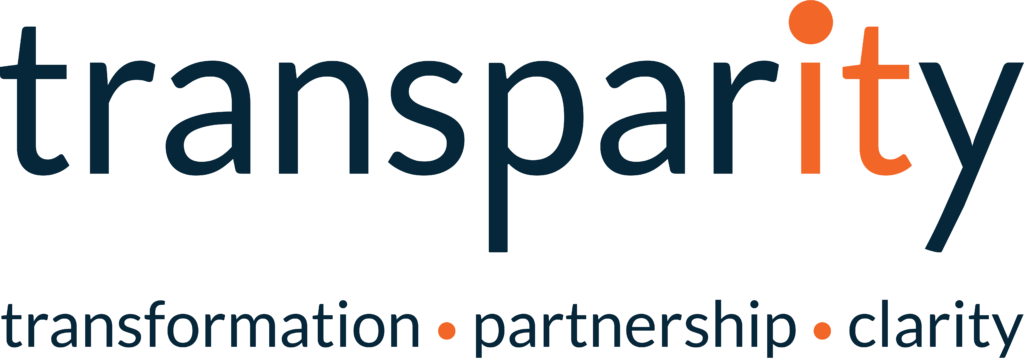Hybrid working has been evolving gradually in businesses over recent years – but the Covid-19 pandemic suddenly accelerated its adoption. Organisations of all sizes and in all locations were forced to start working remotely, almost overnight.
Although this has enabled many excited and unprecedented opportunities for employers and employees alike, it has also created new and extreme challenges for IT security teams tasked with managing this brave new working world.
What’s more, with working practices changing so quickly, increasingly sophisticated and devious cybercriminals are exploiting any vulnerabilities exposed along the way to take full advantage. One-third of all employees have experienced harmful cyber activity; one in five have been victims of identity theft1. The average cost of a ransomware breach now stands at some $4.62m – which does not even include the cost of the ransom itself – and the average cost of a breach increased by 10% between 2020 and 2021 alone.
Worryingly, it takes an average of 287 days to identify and contain a data breach, start to finish. To put this in perspective, a breach on January 1 will take until October 14th to solve. That means serious and lasting, even permanent, business disruption.
Clearly, the risk of breach is greater than ever. So, protecting sensitive data and information is paramount.
Despite this, there is no doubt that hybrid working is here to stay. As such, cybercrime will continue to spread as employees work more disparately in different countries and continents, on a variety of devices. Organisations now have a large and urgent responsibility to empower and enable this modern working environment, by providing flexible, secure technology anytime, anywhere.
Zero Trust: your best bet for security
Acknowledged by leading global security bodies as the gold standard in cybersecurity, the
Zero Trust philosophy demands that an organisation must reliably verify any person or thing asking to connect to its technology systems, before allowing them access.
Undoubtedly, those organisations with a Zero Trust process in place are better protected against potential attacks – and better placed to respond swiftly and successfully when they happen. Threats are spotted and stopped faster, and life is made easier for hard-working IT teams thanks to performance analytics and insights.
The commercial case for Zero Trust is compelling. The average cost of a breach for organisations without a Zero Trust security posture in place is $5.04 million; for those in the mature stage of zero trust deployment, this cost falls to $3.28 million. Put simply, the sooner Zero Trust is in place, the safer and more resilient your business will be. Studies show that the average organisation saves $20 per employee per month by eliminating now-redundant security solutions in favour of the Zero Trust framework. In turn, the volume of security and IAM-related help desk calls fall by 50% – and security teams themselves are also 50% more efficient, while the associated risk of a data breach is halved.
Security decision-makers confirm that developing a Zero Trust strategy is their number one priority, with no less than 96% stating that it’s critical for success.
Getting protected is easier than you might think
So, we’ve established that implementing Zero Trust is a no-brainer – and the good news is, it’s easy to get started. But what exactly does Zero Trust mean, and what does it consist of?
The framework itself is made up of three core elements: Zero Trust (to never trust anyone and always ask them to verify their identity); Least Privilege (once verified, to only provide them access to the things they absolutely need, and only for the minimum amount of time required); and Assume Breach (to always assume that any protection will fail, through either user error or system fault).
Explicit Verification
Rather than assuming that your corporate network and systems are safe and protected by your existing security solution, Zero Trust assumes the opposite: that there is a constant threat trying to make its way in and disrupt operations. As such, it asks all users, endpoints, networks and other resources to verify their identity explicitly at all times.
Least Privilege
This works on the principle of only providing users with access to the things they specifically need to do their work, for the specific time they need them. This same rule goes for applications, systems or devices. In this way, the potential for cybercrime is significantly reduced because the accessible environment becomes a fraction of what it was previously.
Assume breach
No cybersecurity strategy is infallible, so assume breach always prepares for the unexpected. This means stress-testing an organisation’s cybersecurity ecosystem by developing and evolving processes on the assumption that a breach has already happened – or soon will.
These concepts are simple to deliver at speed, given the right approach. For example, multi-factor authentication provides excellent protection by making employees confirm their individual identities by using something they have, such as a hardware token or SMS message, and a second authentication method, before they are permitted to access any files or resources. Moving to this type of password-less authentication does require some planning and warning; however, once in place it significantly strengthens security while also delivering a superior user experience for those involved.
Similarly, Single Sign-On (SSO) boosts security while simplifying authentication by removing the need to manage multiple credentials and reducing the number of sign-in prompts needed to access working materials.
Three-quarters of organisations have started implementing a Zero Trust strategy, with over one in three claiming they have a strategy fully up and running. For them to remain successful, managing employee cultural challenges with regard to security and protection will be vital, as will sustained support from leadership teams.
Transparity can help
As part of our fully managed security service, Transparity’s comprehensive Zero Trust framework delivers gold-standard IT security, across your organisation.
Enjoy end-to-end protection, managed by experts who constantly monitor and improve your security posture, based on the latest performance metrics and observations. As a result, you’re always perfectly prepared to respond to and remediate any threat or incident, before it impacts your operations.
To assess how far your organisation is on its Zero Trust journey, talk to us. We can help identify your current maturity, plan your security roadmap, and keep you secure from day one.
1 Source: Annual Cybersecurity Behaviors and Attitudes Report 2021 – National Cybersecurity Alliance




